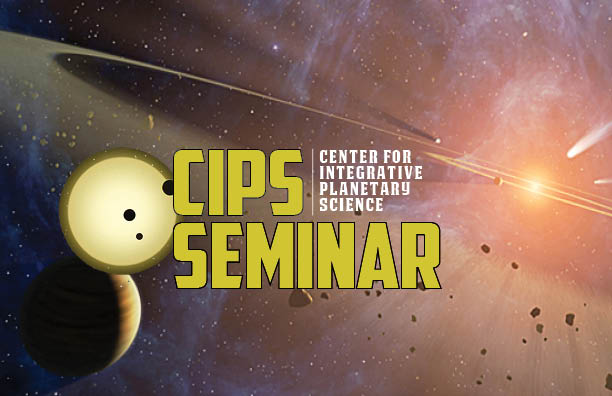A Decade and More of Enceladus: Observance of a Habitable World
Wed, January 20, 2016

For the past 11 years, the full-suite of scientific investigations onboard the Cassini spacecraft at Saturn has been brought to bear in the examination of the small icy moon, Enceladus. The information collected from these instruments — high resolution imagers; ultraviolet, visible, near- and far-infrared spectrometers; in-situ mass spectrometers; small particle analyzers; Doppler radio science; and more — has revealed a unique geologically active province capping the moon's southern hemisphere. Jets of powder-sized, salty ice particles, along with water vapor laced with organic compounds and accompanied by ~5GW of thermal radiation, vent from four prominent fractures crossing the moon's 500-km-wide south polar terrain (SPT). Analysis of the moon's gravity signature has confirmed the presence of a liquid reservoir beneath the SPT; the recent detection of a forced physical libration in the moon's rotational state indicates that the liquid reservoir is in fact global.
This large and diverse collection of results has been used in conjunction with theoretical studies of the moon's orbital dynamics, interior structure, tidal response, geysering mechanics, ocean chemistry, and astrobiological potential to produce an unusually detailed body of knowledge of what is now regarded as the most accessible, most well-understood extraterrestrial habitable zone in the solar system.
This talk, the first in a series of lectures devoted to Enceladus to be held this semester (under the aegis of the Center for Integrative Planetary Science) will review all the observations currently in hand, in preparation for more focused presentations later in the semester by invited experts in the various disciplines (mentioned above) that are germane to the study of this moon.
The format of each lecture in the series will be a one-hour presentation, sometimes given by a tag-team of two experts, followed by an hour of interactive discussion among the lecturer(s) and the audience members. (The second hour is optional.) For students signed up for credit, and others who wish to know more, references/links to reading material will be made available ahead of each lecture.
By the end of the semester, the participants in this series will have an up-to-date appreciation of exactly how it is we have come to know of Enceladus as much as we do.
